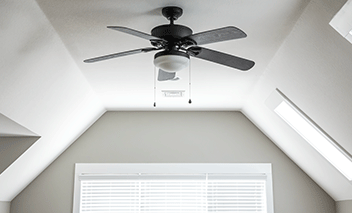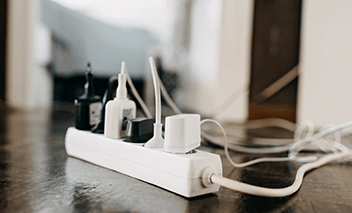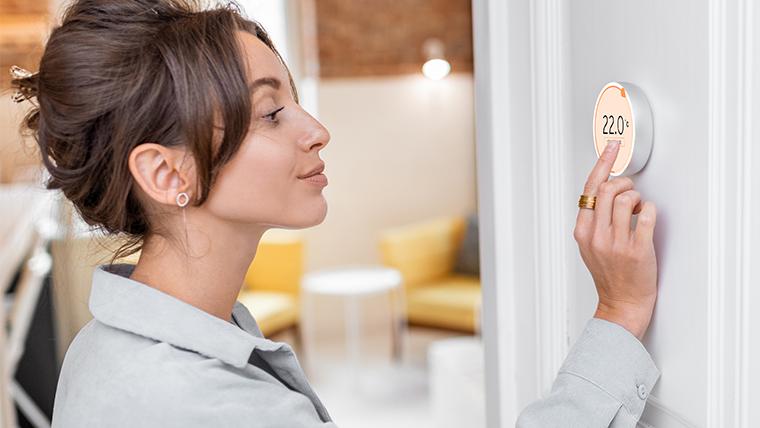Five energy-efficiency myths debunked
We love a good myth buster! Separating fact from fiction, beware of these common energy misconceptions.
—There are many ways to save energy but beware, if you’re searching the internet for new tips to save, you might see some common energy myths pop up in your results. From freezers to fans, there are many misconceptions about how to save energy. In some cases, if you follow the advice of these false claims, you could even drive up your energy costs!
To ensure your efforts lead to real savings, we’re debunking five common energy efficiency myths - how many times have you heard these claims?
Myth: “Leaving my fan on in the summer will cool the room”

Fact: Ceiling fans cool people by increasing airflow. The movement of air over your skin dries up sweat or moisture on your skin’s surface making you feel cooler, but in most homes, there is no cooling effect to the room overall. So turn the fan off when you’re away from the room to save energy!
Myth: “The shape of a freezer has nothing to do with its efficiency”
Fact: The shape of a freezer has an impact on the amount of cold air that can escape when it is opened. This, in turn, has an affect on its energy efficiency since energy will be used to bring the freezer back to its regular temperature. A chest freezer is usually more energy efficient, compared to other shapes like upright or drawer freezers, since the door opens from the top and allows less cold air to escape. For increased energy savings, choose an ENERGY STAR® certified chest freezer to use 10% less energy compared to standard models.
Myth: “When I turn off my electronics and appliances, they stop using energy”

Fact: Electronics and appliances draw energy when they’re plugged in, even if they’re ‘off’ or in standby mode. This type of energy use is called phantom (or standby) power and it can affect your electricity bill by 5-10%. There are many ways to tackle it at home and at work. Disconnect electronic devices like computers, laptops, and game consoles when you’re not using them.
Pro Tip: Even household appliances like coffee makers and phone chargers can draw phantom power. Try plugging them all into a power bar and switch it off once you’re finished.
Myth: “Hand washing my dishes will save more water and energy”
Fact: How many times have you heard this one? Actually, rinsing food off dishes wastes water and energy, especially if you’re using hot water to rinse (since it takes extra energy to heat that water). The truth is, with the right dishwasher and detergent, you’re wasting your time if you pre-rinse dishes. Scrape your dishes off, load them into the dishwasher, and let it do its job!
Pro Tip: For maximum energy savings, take advantage of the ‘eco-mode’ setting on your ENERGY STAR certified dishwasher.
Myth: “The bigger the central A/C unit, the better it will perform”
Fact: Bigger is not always better. An oversized air conditioning unit is actually less effective because although it’ll cool the room, it might not stay on long enough to properly dehumidify the space. This will leave some of the humidity and create a damp, clammy feeling in the room. A unit that’s the right size for the job will deliver maximum comfort and savings. Get a certified air conditioning contractor to properly size your ENERGY STAR certified A/C unit.
Learn more and connect with us
Have you heard any other energy efficiency myths? Let us know on Twitter or Facebook so we can bust them! While you’re at it, follow ENERGY STAR Canada on Pinterest and LinkedIn to maximize your energy savings and get the latest on energy-efficient products. Do you want to learn more about the most energy-efficient products mentioned above? Visit the ENERGY STAR Canada website and discover the blue star benefits.
Page details
- Date modified:


